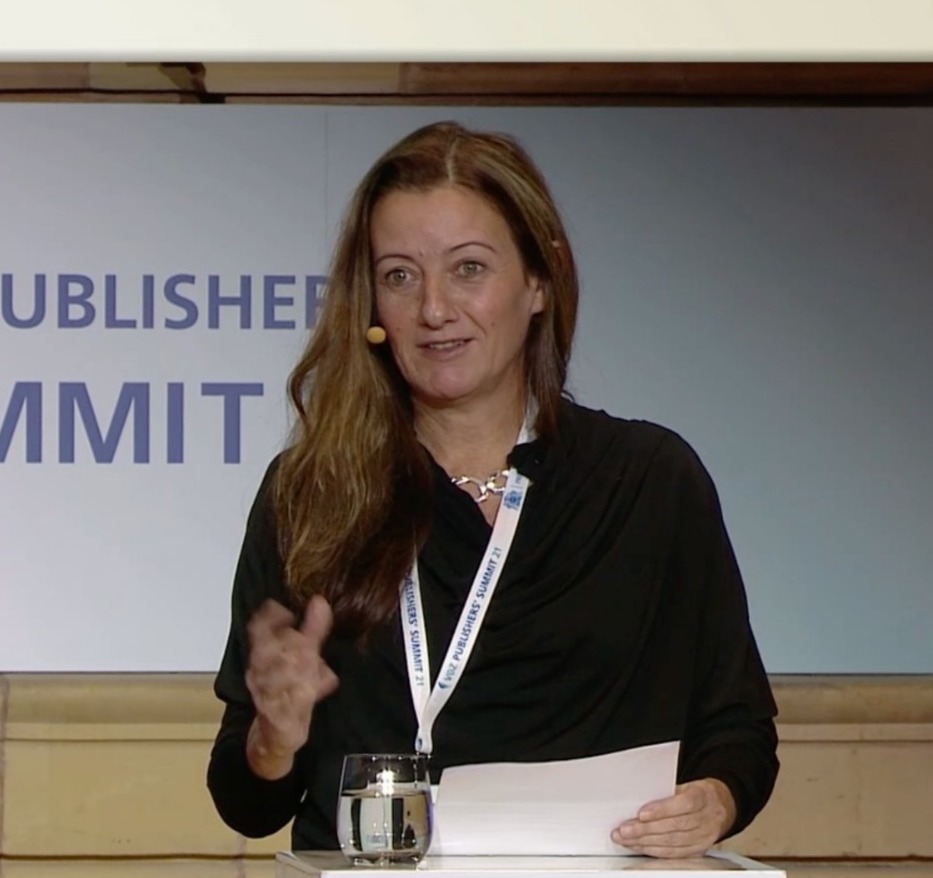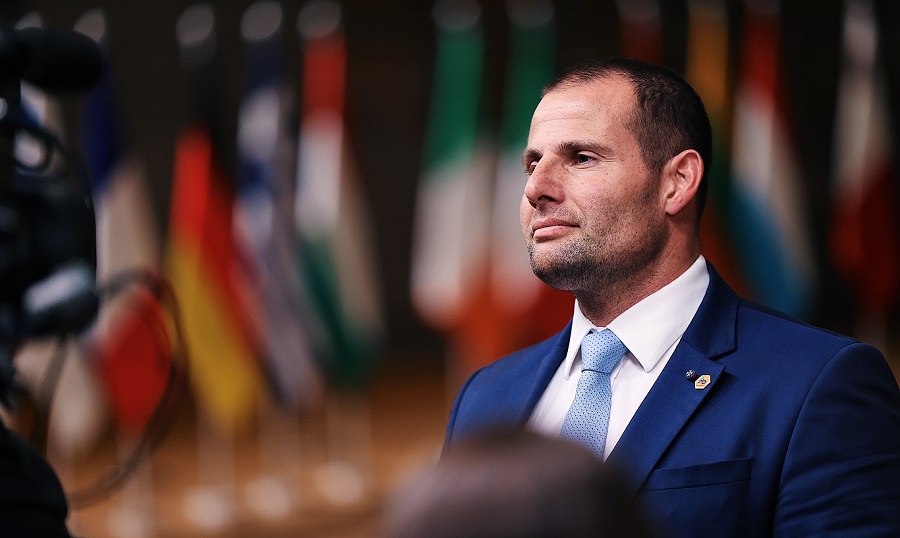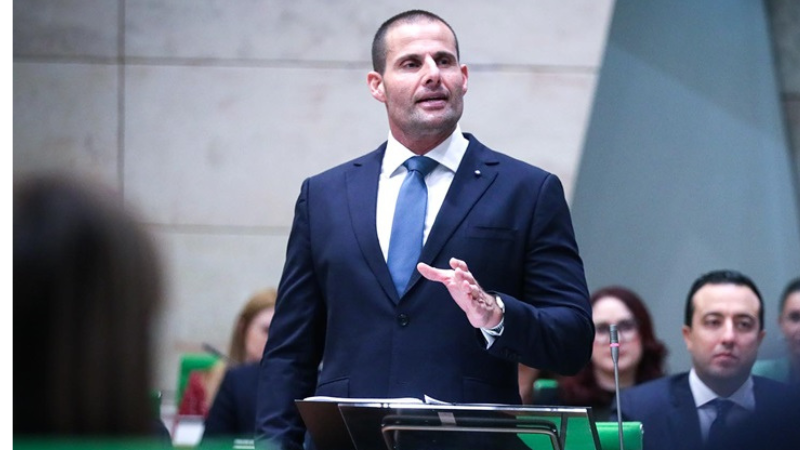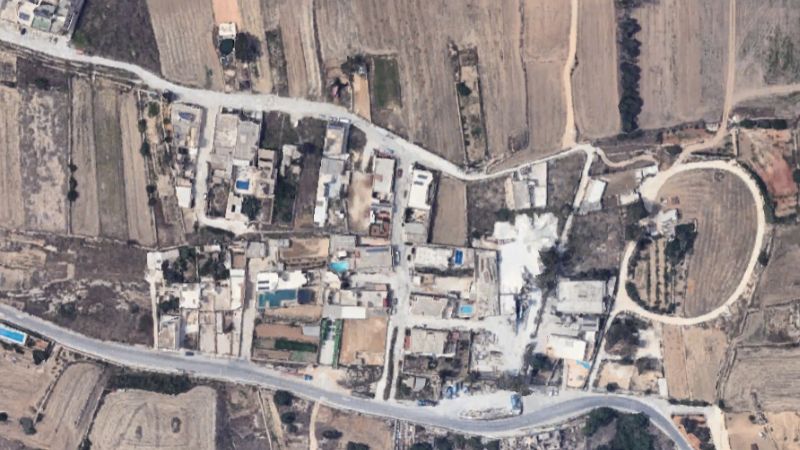In a possible change to an earlier agreement, the Corinthia hotel chain has yet to determine how many luxury villas it hopes to build as permanent residences on public land it acquired in 2015 at Ħal Ferħ, in Għajn Tuffieħa (the site is just above the beach known as Golden Bay).
Despite the government agreement to transfer the idyllic public land, formerly occupied by Air Malta’s Ħal Ferħ tourist complex, on condition that it is used solely for tourism purposes, Corinthia is now asking for a change so that it would be allowed to develop part of the land as permanent residential villas.
Asked by The Shift to state how many villas it seeks to build, instead of what had been called for in the tourism project, the group, controlled by hotelier Alfred Pisani, said it could not divulge its plans at this stage.
Emphasising that “the primary land use will remain tourism related,” a spokesman said: “We will only be in a position to confirm the exact hotel and the potential split between units to be leased and sold once the change of development has been completed, and the exact allowable parameters made clear.
“This is because it is only once these are established that any enhancement values can be discussed, and any subsequent revised scheme can be proposed and submitted to the Planning Authority.”
The site currently has a valid planning permit issued early in 2013 and renewed for a further five years in 2019 for a timeshare development comprising 216 self-catering apartments and a number of villa-style pavilions, for a total of 736 beds, Corinthia said.
Last month, the Planning Authority issued a public consultation to change the local plan and development brief related to the Corinthia property.
The Authority said the aim of the consultation was to “include Class 1 permanent residential development in the list of acceptable land uses on the site”.
Through this change of use, the former public land, originally acquired for tourism purposes, will see its market value surge once residences can be sold.
It is not yet clear if the government will make Corinthia compensate the public for this change. Residential units significantly increase the value of land and the return on investment in development.
Replying to questions by The Shift, Corinthia did not say whether it has paid for the request for the land’s change of use request and its value.
He did note that according to the deed signed 11 years ago, a change of use is allowed “subject to a financial consideration being made payable to the government, reflecting the increased value of the immovables, as a result of such modifications, as fixed by an architect or architects appointed by the government in its absolute discretion.”
It is not yet known whether this valuation has been performed and how much Corinthia is being asked to pay.
The latest plans by the hotel chain to alter the original development of public land use is its second attempt in the last two years. The new development includes Libyan and Emirati investors.
In 2018, Corinthia made a similar proposal to change the rules on its site at St George’s Bay, which it had acquired from the government to build and operate as hotels.
In an agreement it had already struck with the Labour government, following negotiations with former Minister Konrad Mizzi, Corinthia was to be allowed to turn some 100,000 square metres of the unique peninsula into luxury apartments and offices for sale. It had earlier agreed to pay just €17 million, though the public land was estimated to have a market value of €700 million, according to real estate agents.
In seeking approval of the agreement in parliament, Pisani had told MPs that this sale price was needed so that his company could invest in a state-of-the-art tourism project, such that ‘Malta had never seen before’.
Following a public outcry and opposition from major constituted bodies, the agreement was placed on the backburner and no mention of it was again made in parliament.
Regarding Ħal Ferħ, Corinthia stressed that it would retain the limits on permissible overall development area and the existing building height limits as well as the built-to-green area ratio inherent in the current valid permit. The project, the group added, would reduce the resident and visitor population on the site, and thus the project’s impact on the locality.
The development would contain architecture that is sustainable and far more sensitive to the surrounding context of the area, according to Corinthia’s spokesman.
The group said the site measures some 83,500 square metres and the title for the Ħal Ferħ site limits new development to a footprint of not more than 16,700 square metres – some 20% of the site’s overall area. Half the built footprint can be developed over two floors and the other half to a single storey. Maximum development is not to exceed 25,000 square metres of Gross Floor Area.














